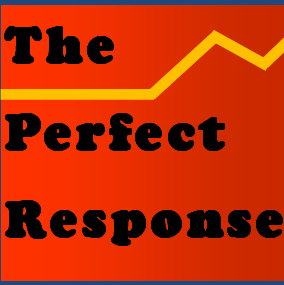Language is frail and easily weaponized in a brutal struggle.
The current war in and around Israel is another reminder that how we describe conflict to ourselves and others usually falls far short of representing the complexities on the ground. Even those on the scene have reclaimed the phrase “fog of war” to note that soldiers may not have a sense of what is even going on even in the next block.
The Greek dramatist Aeschylus gave us the important aphorism that “truth is the first casualty of war.” It’s a familiar but timely reminder that our verbal attempts to grasp the chaos of conflict will usually be framed by what individual parties need to believe. In addition, the natural economies of language—“they” and “us,” for example—work against discovering and noting the sprawl of state players, many of which believe they are fighting to preserve different goals and values. Add in the modern requirement for journalistic brevity, and the resulting language will do us few favors.
Examples of the problem are easy to find. The claim by Israeli leaders that they want to “wipe out Hamas” applies a singular label to an enemy that is, in reality, made up of active fighters, writers, sympathetic neighboring states, equipment merchants and sympathizers, in addition to their families and friends. In fact, there is a kind of Fascist logic in talk of “wiping out” any class of residents in a given area. The phrase may have rhetorical power, but it is also brutal and blind, misrepresenting a group as a single entity. Even beyond the moral myopia of the idea, attempts at genocide of an entire class of people rarely succeed, and usually boomerang by producing more sympathizers.

This pattern of neatly labeling the enemy produces a kind of two-sided view of conflict that is, again, and closer to reality, more like at least a six-sided conflict. Current parties include parts of the Israeli government, Israeli citizens who oppose their leadership but support its military objectives, those who don’t, Gazans and others in the West Bank who do not support Hamas, a large cadre of other nations that have disowned the violent tactics in both Hamas and Israel’s response, neighboring states-including Iran and the United States–lending support to different parties in the conflict, and NGOs who want to restore peace and provide for the needs of displaced residents. An expert on the region’s tensions could undoubtedly add additional players, as the New York Times’ Thomas Friedman did in noting that there were really many sides. The widespread talk of two factions thus fails to see a multidimensional scene better characterized by polygons with as many faces as a pair of dice.
Two-sidedness also feeds the easy and lazy charges of anti-Semitic and anti Muslim bigotry. Such negative characterizations leveled against a critic may properly apply, but they can also be misused and difficult to refute, since slurs can be characterizations of unknowable intentions.
To be sure, journalists can only do so much under sometimes harrowing conditions. News producers usually set tight limits on reporting from any location. And the questions asked by studio anchors mostly seek simple answers that implicitly ask an on-site correspondent to set aside important but subtle points. Then, too, many covering wars are flown to the scene on short notice, without having sufficient time to gain the insights that came more naturally when news organizations maintained resident foreign bureaus.
A counterargument to the problem of inadequate language often concludes that images will offer details that can only be clumsily named. Scanning details of a scene of combat can be illuminating. But these kinds of pictures have their own problems. An important limitation is that any well-placed image online or in a new account usually takes on the role of being a synecdoche, meaning we tend to do a mental sleight-of-hand to let an image stand for the whole. We typically see the total destruction of apartment blocks, or victims who have had their whole world has been turned upside down. To be sure, we need the images. But a camera pointed at any place or cluster of victims will do a better job of revealing physical and expressive conditions more than a dynamic view of the conflict that we must understand. Images personify feelings and effects; they are not primarily about ideas. The best discussions of a conflict include elaborate chronicles of the motivating ideas and grievances that have led to the breakdown of civil life.
There is no question we need to communicate to get ourselves out of wars. But the talk and the riveting images will fail us if they further weaponize the oversimplified “sides” in a struggle.
![]()




 Nearly a century ago the philosopher Susanne Langer made the obvious but profound observation that images are presentational; they easily reflect a piece of the material world back to us. Presentational media allow immediate and nearly universal access to all. Unlike texts, we don’t have to learn how to “read” images. To be sure, we can become visually more astute. But it’s not the same as being able to analytically track trends and ideas.
Nearly a century ago the philosopher Susanne Langer made the obvious but profound observation that images are presentational; they easily reflect a piece of the material world back to us. Presentational media allow immediate and nearly universal access to all. Unlike texts, we don’t have to learn how to “read” images. To be sure, we can become visually more astute. But it’s not the same as being able to analytically track trends and ideas.